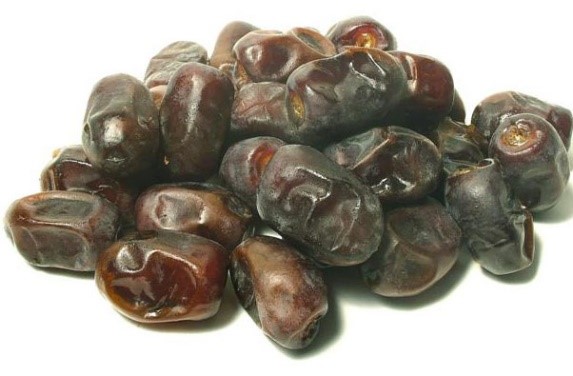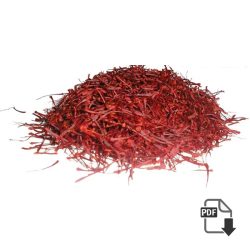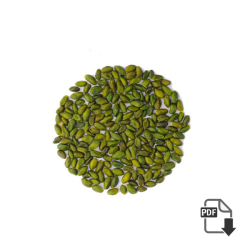—! vitis vinifera and Vitaceae the scientific names of grape fruit !—
scientific names of grape fruit :
• Vitis vinifera L
• Vitaceae
Please for more information or any inquiry click here ……
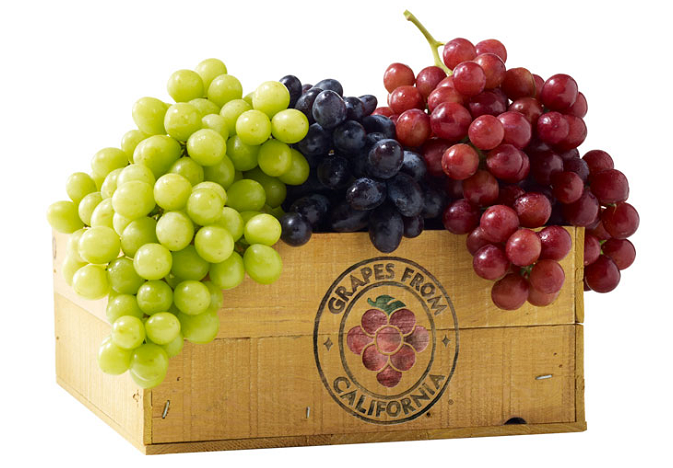
Description of Raisin :
Raisin : the Raisin comes from the Latin racemes and means “a cluster of grapes or berries”. Cultured for fruit, eaten fresh, processed into raisins or juice, with some cultivars adapted for the canning industry.
RAISIN (Fr. raisin, grape; Lat. racemus), the name given to the dried fruits of certain varieties of the grape vine, Vitis vinifera, which grow principally in the warm climate of the Mediterranean coasts and are comparatively rich in sugar.
The use of dried grapes or raisins as food is of great antiquity (Num. vi. 3; 1 Sam. xxv. 18, xxx. 12). In medieval times raisins imported from Spain were a prized luxury in England, and to the present day Great Britain continues to be the best customer of the raisin-producing regions.
Different Kind of Raisin :
“Raisins of the sun” are obtained by letting the fruit continue on the vines after it has come to maturity, where there is sufficient sunshine and heat in the autumn, till the clusters dry on the stocks.
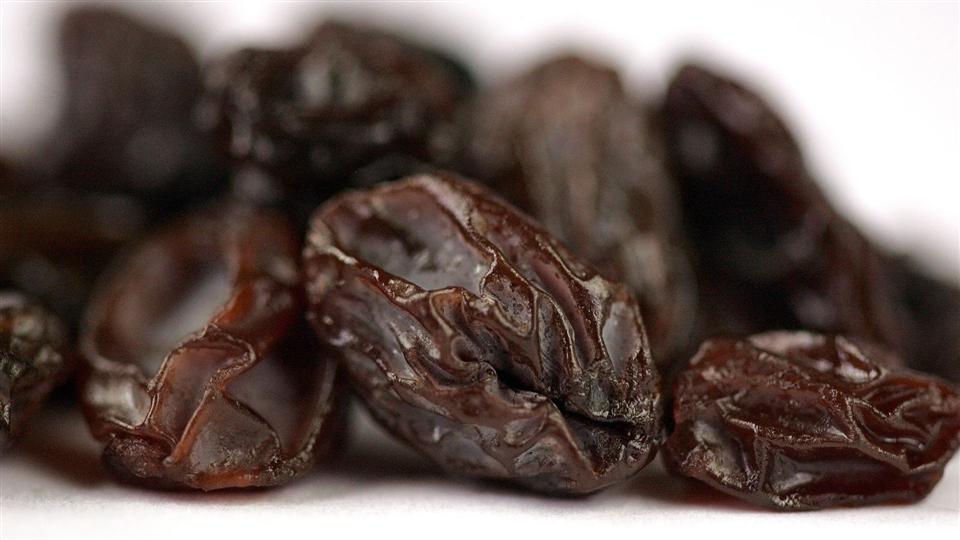
Another plan is partially to sever the stalk before the grapes are quite ripe, thus stopping the flow of the sap, and in that condition to leave them on the vines till they are sufficiently dry.
The more usual process, however, is to cut off the fully ripe clusters and expose them, spread out, for several days to the rays of the sun, taking care that they are not injured by rain. In unfavorable weather they may be dried in a heated chamber, but are then inferior in quality.
In some parts of Spain and France it is common to dip the gathered clusters in boiling water, or in a strong potash lye, a practice which softens the skin, favors drying and gives the raisins a clear glossy appearance. Again, in Asia Minor the fruit is dipped into hot water on the surface of which swims a layer of olive oil, which communicates a bright luster and softness to the skin.
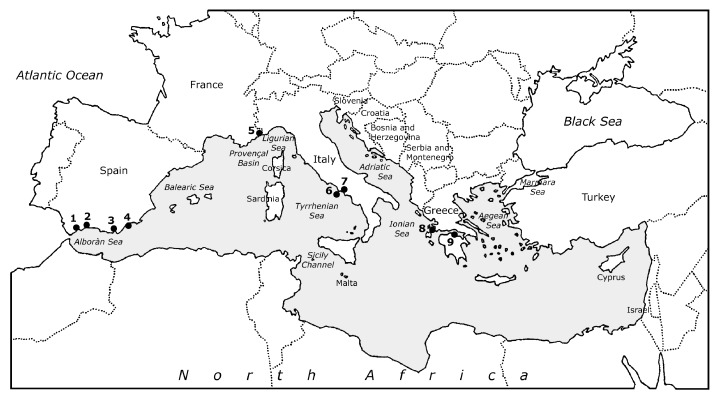
Some superior varieties are treated with very great care, retained on their stalks, and sent into the market as clusters for table use; but the greater part are separated from the stalks in the process of drying and the stalks winnowed out of the fruit. Raisins come from numerous Mediterranean localities, and present at least three distinct varieties:
1. ordinary or large raisins
2. sultana seedless raisins
3. currants or Corinthian raisins.
The greater proportion of the common large raisins of English commerce comes from the provinces of Malaga, Valencia and Alicante in Spain; these are known by the common name of Malaga raisins.
Those of the finest quality, called Malaga clusters, are prepared from a variety of muscatel grape, and preserved on the stalks for table use. This variety, as well as Malaga layers, so called from the manner of packing, are exclusively used as dessert fruit. Raisins of a somewhat inferior quality, known as “lexias,” from the same provinces, are used for cooking and baking purposes.
Smyrna raisins also come to some extent into the English market. The best quality, known as Eleme, is a large fruit, having a reddish-yellow skin with a sweet pleasant flavor. Large-seeded dark-coloured raisins are produced in some of the islands of the Greek archipelago and in Crete, but they are little seen in the British markets. In Italy the finest raisins are produced in Calabria, inferior qualities in central Italy and in Sicily.
From the Lipari Islands a certain quantity of cluster raisins of good quality is sent to England. In the south of France raisins of high excellence – Provence raisins in clusters – are obtained at Roquevaire, Lunel and Frontignan. Sultana seedless raisins are the produce of a small variety of yellow grape, cultivated exclusively in the neighborhood of Smyrna.
The vines are grown on a soil of decomposed hippurite limestone, on sloping ground rising to a height of 400 ft. above the sea, and all attempts to cultivate sultanas in other raisin-growing localities have failed, the grapes quickly reverting to a seed-bearing character. The dried fruit has a fine golden-yellow colour, with a thin, delicate, translucent skin and a sweet aromatic flavor.
A very fine seedless oblong raisin of the sultana type with a brownish skin is cultivated in the neighborhood of Damascus.
Please for more information or any inquiry click here ……
All Type Of Raisin
-
Golden Long Raisin
Golden Long Raisin also is known as Golden Raisin Jumbo or Kashmari Golden Raisin. As it is clear from its name the color of this raisin is golden. Raisins, in general, are dried grapes.
-
Green Raisins ( Jumbo Raisins ) wholesale price + analysis + sale offer
Green Raisins | Jumbo Raisins : Green Raisins also are known as Green Jumbo Raisin, Kashmari (Kashmiri) Green Raisins and Green Long Raisins. As it is clear from its name the color of this raisin is green. Raisins, in general,…
-
sultana raisin dark brown special wholesale price + analysis + sale offer
This kind is prepared by drying the fruit in full sun and results in a dark color.
-
Sultana Raisin Light Brown Special wholesale price + analysis + sale offer
Sultana Raisins Light Brown are dried Seedless grapes of the Vitis vinifera species. Customers also know this raisin as Malayer Raisin or Seedless Thompson. As it is clear from its name the color of this raisin is light brown. Farmers…
-
Golden Raisin Special wholesale price + analysis + sale offer
This kind is oven-dried and then sulfur is added to preserve its color.

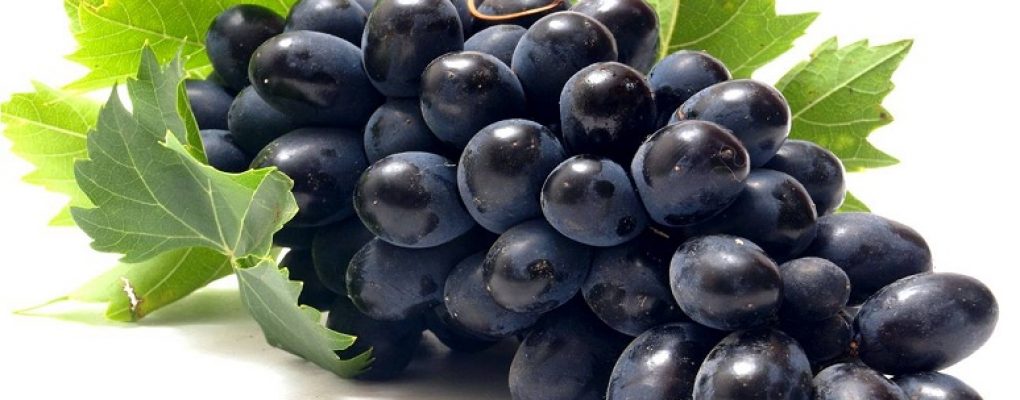
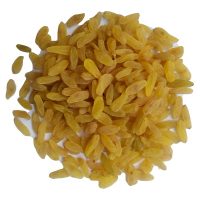
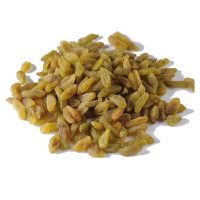
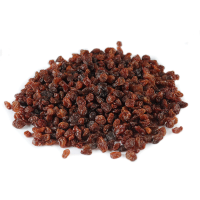
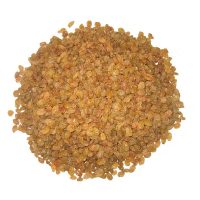
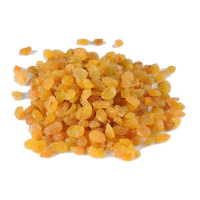
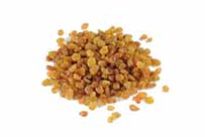
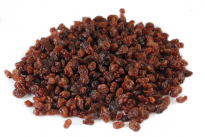
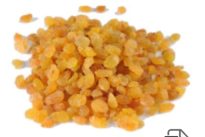

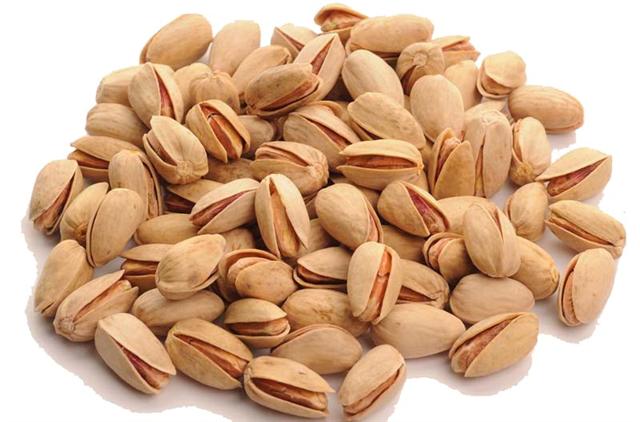
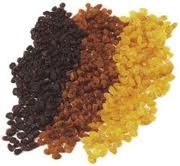 3 kind raisin
3 kind raisin 